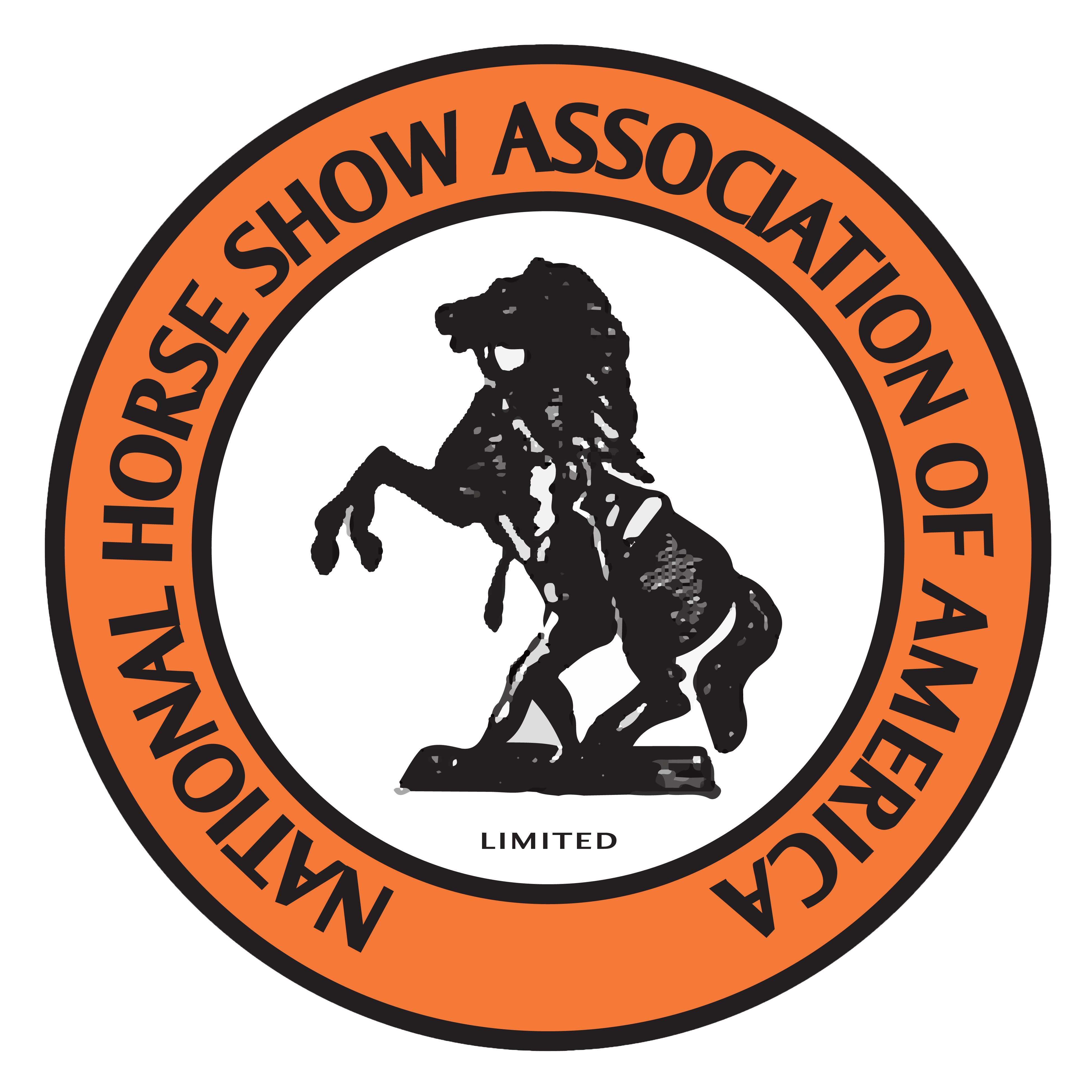
For Alan Wade, designing show jumping courses is both a craft and a passion. With more than 40 years of experience in course design, Wade has left his mark on competitions around the world, from his early start in local shows in Ireland to elite international events. Most recently, he has brought his expertise to the National Horse Show, where he has been the jumper course designer for the past three years, and is now preparing for one of the most prestigious roles in equestrian sports: course designer for the 2028 Los Angeles Olympics.
Wade’s journey began in childhood, assisting his father, who was a rider, chef d’equipe, and later a course designer. “Every course designer at local shows needs free help,” he says. “I helped my father, and then other local course designers, and it grew from there.” Over the past four decades, that early hands-on experience has evolved into a career spanning the globe.
“I was honored to be asked,” Wade recalls of his NHS appointment. “It was three years ago, they had an FEI World Cup qualifier in the show back then, and of course, I accepted.” Despite his relatively short tenure at the NHS, he has approached each year with the same meticulous attention to detail that has defined his decades-long career.
Wade’s design philosophy is rooted in clarity. “I like to keep the tests in front of the riders—no surprises,” he explains. “It’s basically simple lines for me. I try to keep it so the rider gets a good view of everything. I try not to hide fences, even indoors, which can be difficult.” His courses feature clear approaches, carefully scaled to the dimensions of the class and the ring, even when working within the NHS’s uniquely shaped indoor arena.
Designing courses for the Olympics, however, is a project on an entirely different scale. “We have the main work to be done from the course design point of view, which is to get the fence designs up and running,” Wade explains of his preparation for LA 28. “We’ll need 50 to 60 individual fence ideas, and then some guidance from LA 28. Now this is a process that will take a couple of years. You have to come up with ideas, then create drawings, and then create technical drawings. Some fences will be returned, so it’s going to be a process.” Wade draws on past experiences, including designing fences for the Dublin Horse Show and assisting at the London Olympics.
Wade was in the midst of designing Friday night’s course—which coincided with Halloween and the return of the beloved NHS Costume Jumper Class—when he was interviewed. Riders competing in the $30,000 1.40m Speed Stake are also vying for an additional prize: the $5,000 Best Costume Award. As the final class before Saturday’s feature show jumping event, the $100,000 CMJ Sporthorse 1.45m Open Grand Prix, Wade expects some interesting costumes—but none that will hinder the riders’ chances of claiming a share of the generous prize pot.
At the NHS, and soon at the Olympics, Alan Wade continues to shape not just fences, but the sport itself—one thoughtful, precise jump at a time.
